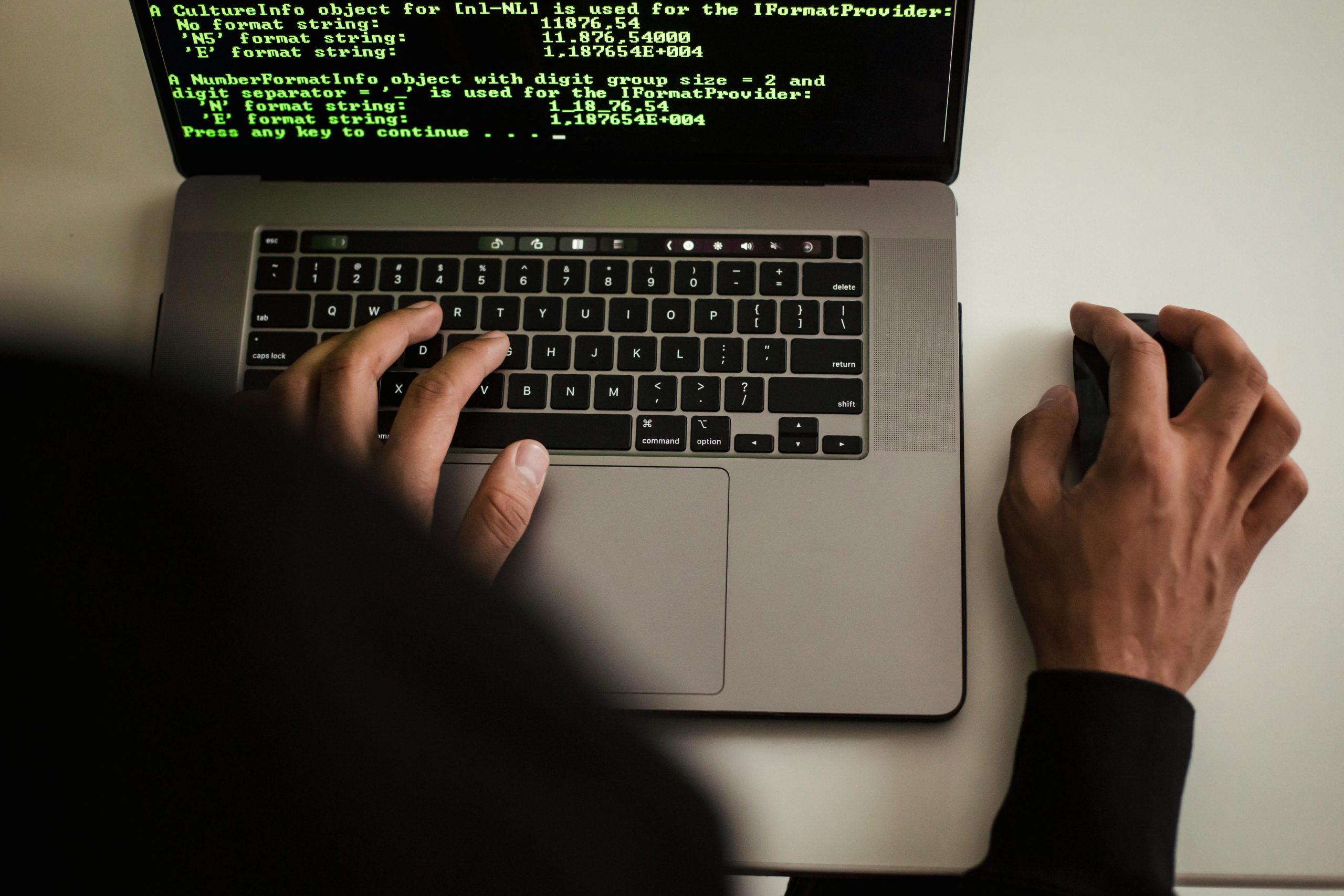Title: Troubleshooting MBR to GPT Conversion: How to Resolve the “Cannot Create EFI System Partition” Error
Introduction
Converting a drive from MBR (Master Boot Record) to GPT (GUID Partition Table) is often a necessary step to enable features such as Secure Boot and UEFI firmware booting on modern systems. However, many users encounter perplexing errors during this process, with one common message being “Cannot create EFI system partition.” In this article, we will explore the causes of this issue and provide guidance to successfully convert your drive, ensuring a smooth transition to GPT without the need for paid software.
Understanding the Context
In this scenario, the user has a 1TB SSD containing their operating system, connected to a GA-Z170X-Gaming-7 motherboard. They aim to switch from MBR to GPT to enable Secure Boot, but run into an EFI partition creation error during the conversion process. Additionally, the drive has sufficient space and includes a system partition labeled as “system, boot, page file, active, crash dump primary partition,” which complicates the process.
Common Causes of the EFI Partition Creation Error
-
System Partition Structure:
The presence of certain system partitions, especially those not aligned with UEFI requirements, can interfere with conversion. For GPT, an EFI System Partition (ESP) must be properly configured and formatted as FAT32. -
Boot Configuration and Active Partition:
An active primary partition that isn’t properly prepared can prevent EFI partition creation or lead to conversion failures. -
Partition Layout and Reserved Space:
Despite having seemingly sufficient space, the existing partition might have some reserved or unallocated space that isn’t correctly recognized, obstructing auto-shrink or partition modification. -
BIOS Settings and Compatibility:
Ensuring the system is set to UEFI mode (not legacy BIOS) is critical. If the firmware is still set to legacy mode, converting to GPT and enabling Secure Boot won’t work.
Recommended Solutions
-
Backup Your Data
Before performing any partition modifications, always back up important data to prevent accidental loss. -
Use Disk Management and DiskPart Carefully
- Open Command Prompt as administrator.
- Use
diskpartto list disks (list disk) and select your OS drive (select disk X). - Check for existing partitions and their statuses (
list partition). - Delete or modify existing system partitions if safe to do so, ensuring you understand the impact.
3
Share this content:



